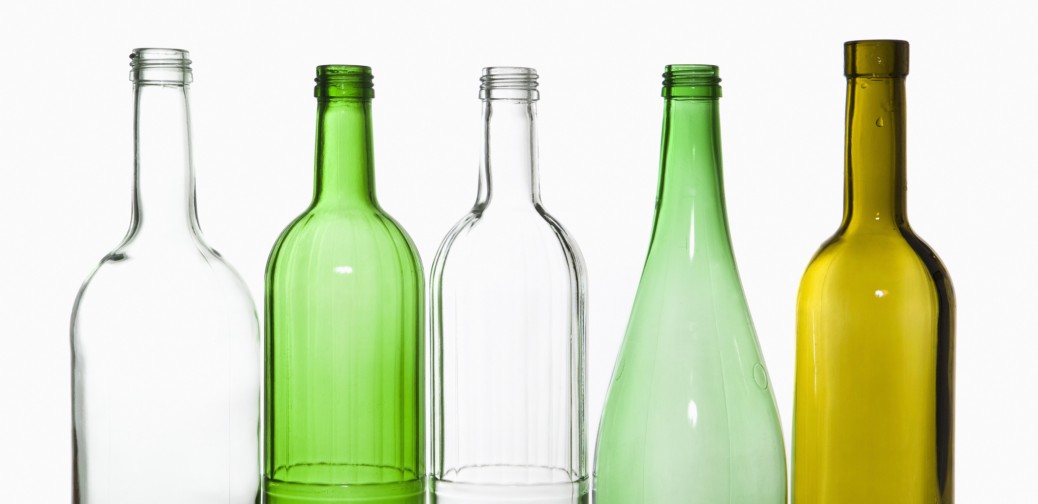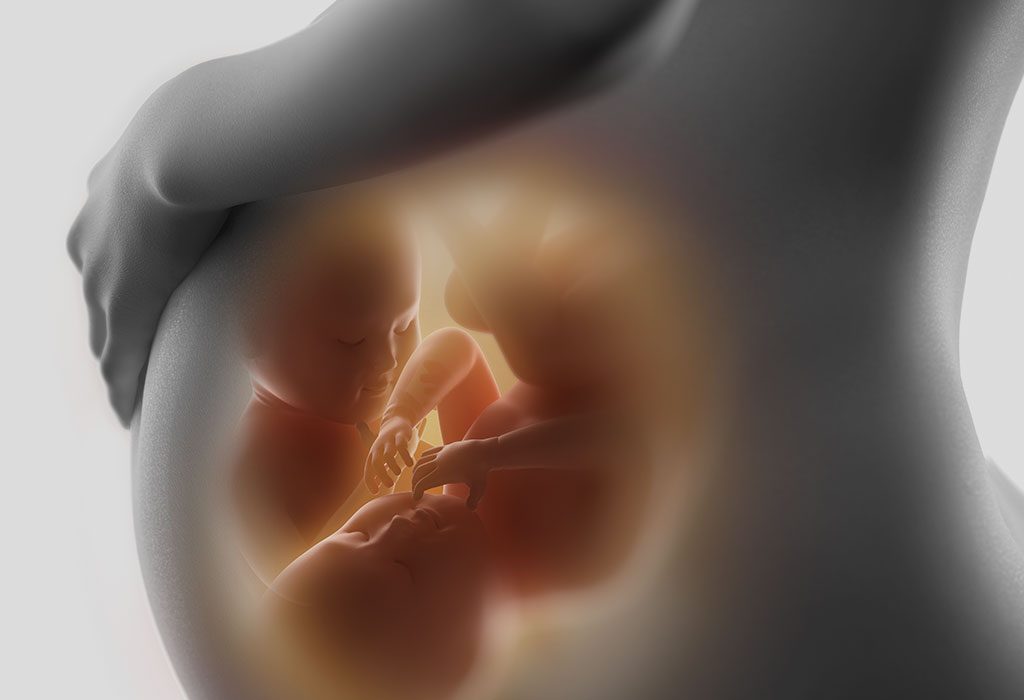Knowledge, Information and Experience
A glass bottle is a bottle created from glass. Glass bottles can vary in size considerably, but are most commonly found in sizes ranging between about 200 millilitres and 1.5 litres. Common uses for glass bottles include food condiments, soda, liquor, cosmetics, pickling and preservatives. These types of bottles are utilitarian and serve a purpose in commercial industries.
History:
Glass bottles and glass jars are in many households around the world. The first glass bottles were produced in south east Asia around 100 B.C., and in the Roman Empire around 1 AD. America’s glass bottle and glass jar industry was born in the early 1600s, when settlers in Jamestown built the first glass melting furnace. The invention of the automatic glass bottle blowing machine in 1880 industrialized the process of making bottles.
Manufacture:
The earliest bottles or vessels were made by ancient man. Ingredients were melted to make glass and then clay forms were dipped into the molten liquid. When the glass cooled off, the clay was chipped out of the inside leaving just the hollow glass vessel. This glass was very thin as the fire was not as hot as modern day furnaces. The blowpipe was invented around 1 B.C. This allowed molten glass to be gathered on the end of the blow pipe and blown into the other end to create a hollow vessel. Eventually, the use of a mold was introduced, followed by the invention of a semi-automatic machine called the Press and Blow. In 1904 Michael Owens invented the automatic bottle machine.
Markings:
Modern bottles, when moulded, will be given marks on the heel (bottom) of the bottle. These marks serve a variety of purposes, such as identifying the machine used in the production of the bottle (for quality control purposes), showing the manufacturer of the bottle, how much to fill the bottle to, the date the bottle was manufactured, as well as other information.
Closures:
Glass bottles have a variety of closures to seal up the bottle and prevent the contents escape. Early bottles were sealed with wax, and later stoppered with a cork. More common today are screw caps and stoppers.
Disposal:
Glass recycling recovers a high rate of raw materials.
Zen famous Koan on Bottle:
Koan: A woman raised a goose in a bottle. When the goose had grown, she wanted to get it out, without harming the goose or breaking the bottle. How do you get the goose out of the bottle?
Symbolism:
A bottle in dream conveys different messages to different people. It could be related to your behavior about others or your own inner feelings.











